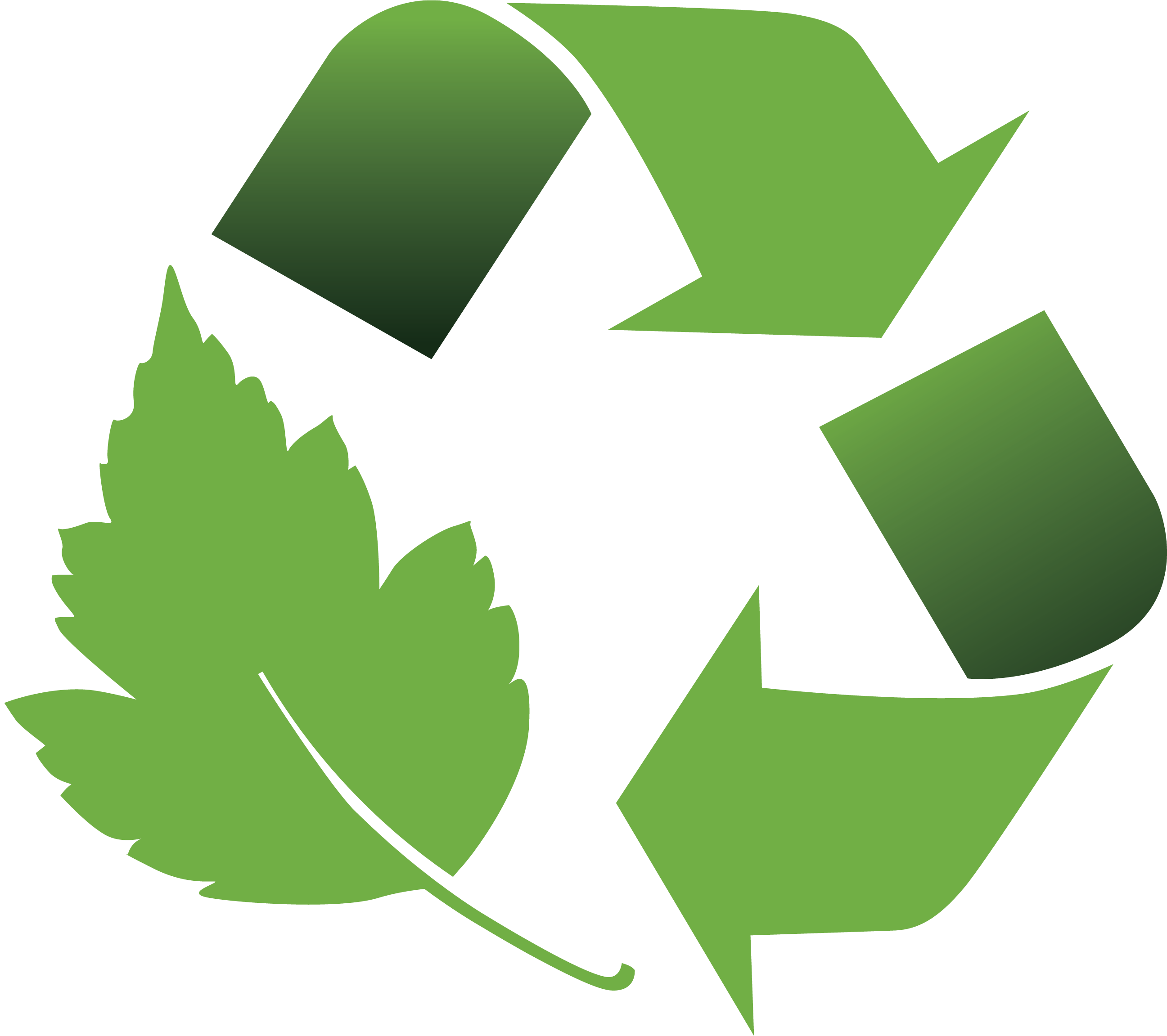Zeolites: The Difference Between Adsorption & Absorption

ZEOLITES
Zeolites are a crystalline material composed of aluminium, silicon, oxygen, and other elements. They’re classified as microporous - which is a fancy way of saying containing pores with diameters less than 2 nanometers. This structural property provides zeolites with extremely microscopic channels that act as a gate; while some materials will pass through zeolites, others will be trapped in its channels.
Zeolites are commonly used as commercial adsorbents (this is important, and we’re going to come back to it in a little bit) and catalysts, providing a wide range of industrial applications:
-
Cracking (the process whereby complex organic molecules are broken down into simpler molecules)
-
Isomerisation (the process by which one molecule is transformed into another molecule which has exactly the same atoms in different arrangement)
-
Drying
-
Purification
-
Separation
Adsorption (different from Absorption) is the process by which a liquid, gas, or dissolved solid, adheres itself to the surface of an adsorbent material. It does not entail taking in, or absorbing, the liquid, gas or solid into the material. In effect this makes zeolites similar to a sponge, in the sense that your common kitchen sponge will suck in bacteria and grime, but will never fully eradicate it.
THANKS FOR THE SCIENCE LESSON, BUT WHAT'S THIS ALL ABOUT?
Zeolites have become something of a hot topic lately.
A wide range of homoeopathic treatments and over the counter supplements have noted their inclusion as a solution for detoxification. The idea - in theory - is that individuals can consume zeolites, which in turn adsorbs the body’s toxins. The body then evacuates these zeolites and their new-found toxins naturally.
We’d like to mention that zeolites for human consumption and their ability to detoxify the body has not been endorsed by the FDA. But that’s not the purpose of this blog...
It’s come to our attention that some new Volatile Corrosion Protection papers coming out of Japan are touting the use of zeolites in their products. In theory, the presence of zeolites would act as gates, adsorbing agents of corrosion and protecting the precious metals in proximity to the VCI and work by emitting other toxic gases that coat the product they’re are supposedly protecting.
However, as illustrated earlier, the science of these products simply do not hold up. Again, it all comes down to the difference between adsorption and absorption. While zeolites do stop the transfer of certain materials and cations, they do not absorb, eradicate or neutralize materials.
In essence, think kitchen sponge.
WE KNOW WE SOUND LIKE A BROKEN RECORD, BUT…
But it’s important to know what your products and merchandise are being affected by! We take pride in educating our customers. In this information era where any story or product can become a hot sensation overnight, it’s important to check the facts. Using an inferior or ineffective product - especially one that you’ve been misled about - is frustrating and wrong.
Science is as important now as it ever was. Understanding the science behind products is an essential component to running a successful business and keeping customers happy. Regardless of whether or not you choose to use Intercept corrosion protection, we want you to stay informed.




